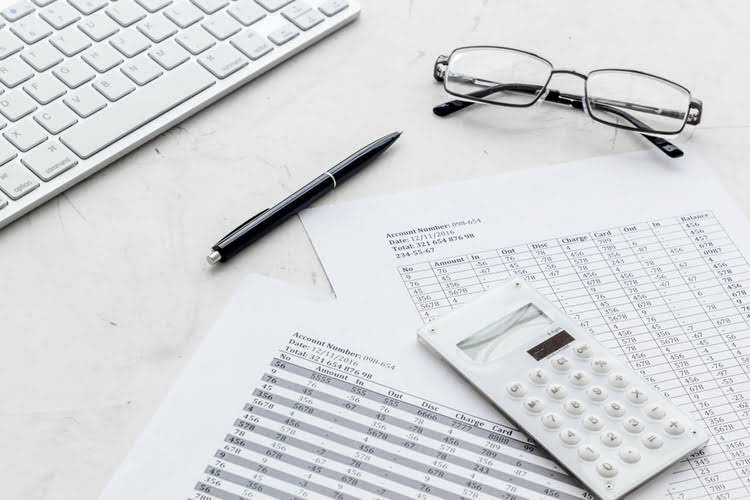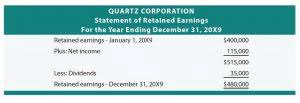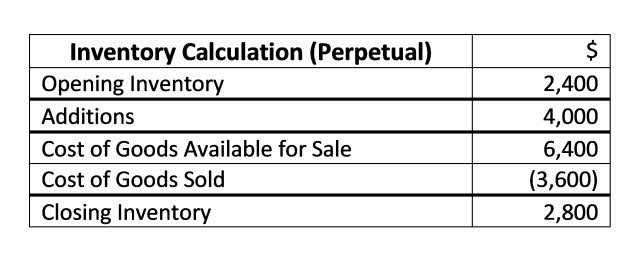
A company’s market value of equity is therefore always changing as these two input variables change. It is used to measure a company’s size and helps investors diversify their investments across companies of different sizes and different levels of risk. Not to be confused with authorized shares, outstanding shares refer https://www.bookstime.com/ to the number of stocks that a company has issued. This number represents all the shares that can be bought and sold by the public, as well as all the restricted shares that require special permission before being transacted.
- For example, let’s say you want to calculate the weighted average number of outstanding shares for a company over two reporting periods of 6 months each.
- For a loss-making company, the diluted share count will reduce loss per share, since the net loss is being spread over a larger amount of shares.
- These statements are available on companies’ investor relations pages or the SEC website.
- Read on to learn how to calculate outstanding shares so you can begin mastering the market.
- Basic EPS is calculated by dividing a company’s net income by the number of its outstanding shares.
- Once you have collected the total number of preferred shares, common shares outstanding, and treasury shares, you’re ready to do your calculation.
Can a Company Issue More Shares Than Authorized?
- Our writing and editorial staff are a team of experts holding advanced financial designations and have written for most major financial media publications.
- The company must first have authorized shares that haven’t yet been issued or have a plan in place to increase the number of authorized shares if that’s not the case.
- The cumulative preferred stock dividends accumulate, just as the name implies, and they cannot be lost until they are paid in full.
- Cash earnings per share are calculated by dividing a firm’s operating cash flow by diluted shares outstanding.
- Thus, the situation during the year was equivalent to having 111,000 shares outstanding throughout the year.
- Preferred shares, on the other hand, provide preferred shareholders with no voting rights.
For example, let’s say you want to calculate the weighted average number of outstanding shares for a company over two reporting periods of 6 months each. In the first 6-month reporting period, the company has 100,000 shares outstanding. In the second 6-month period, the company’s number of shares outstanding is 150,000. Once you have collected the total number of preferred shares, common shares outstanding, and treasury shares, you’re ready to do your calculation. The number of outstanding shares influences market capitalization, a critical metric for valuing companies. Investors use outstanding shares to gauge how do you calculate outstanding shares a company’s size and compare it with peers.

Types of Stocks You Should Know

The dividends of a cumulative preferred share are calculated as follows. Preferred shares, on the other hand, provide preferred shareholders with no voting rights. If a company ever has to liquidate, common shareholders are the last group of people who can make claims. This means that as a shareholder, you are entitled to part of the company’s profits through dividends and increased value if the company’s overall worth rises.
- Here’s how to find out how many shares of a company’s stock are owned by all investors.
- This extra amount is generally given to shareholders if the dividend payments made to common shareholders surpass the agreed amount set initially.
- Authorized shares are the maximum number of shares a company can issue, as specified in its corporate charter.
- Most of the time, corporations will tell investors how many shares of stock they’ve issued, but sometimes, it’s helpful to be able to calculate those numbers on your own.
- Outstanding shares impact a company’s market capitalization, which is calculated by multiplying the stock price by the number of outstanding shares.
Would you prefer to work with a financial professional remotely or in-person?
Preferred stock is a special class of shares that is generally considered a hybrid instrument, including properties of both a debt and equity instrument. Preferred stocks are higher ranking than common stock, but also subordinate to bonds in terms of claim, or rights to their share of the company’s assets. Let us understand where investors and analysts can find the data regarding the total outstanding shares of a company through the points below. While outstanding shares determine a stock’s liquidity, the share float—shares available for public trading – plays a crucial role.


It can reverse-split its stock to keep its head above water, artificially increasing its share price. It also may coincide with the conversion of stock options awarded to company outsiders into stock shares. One simple calculation for the number https://www.facebook.com/BooksTimeInc/ of shares in a firm comes from readily available information on a stock’s market capitalization. If you know the market cap of a company and its share price, then figuring out the number of outstanding shares is easy.






